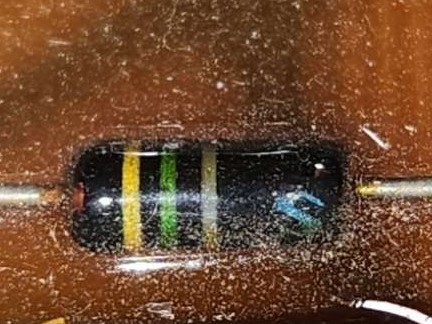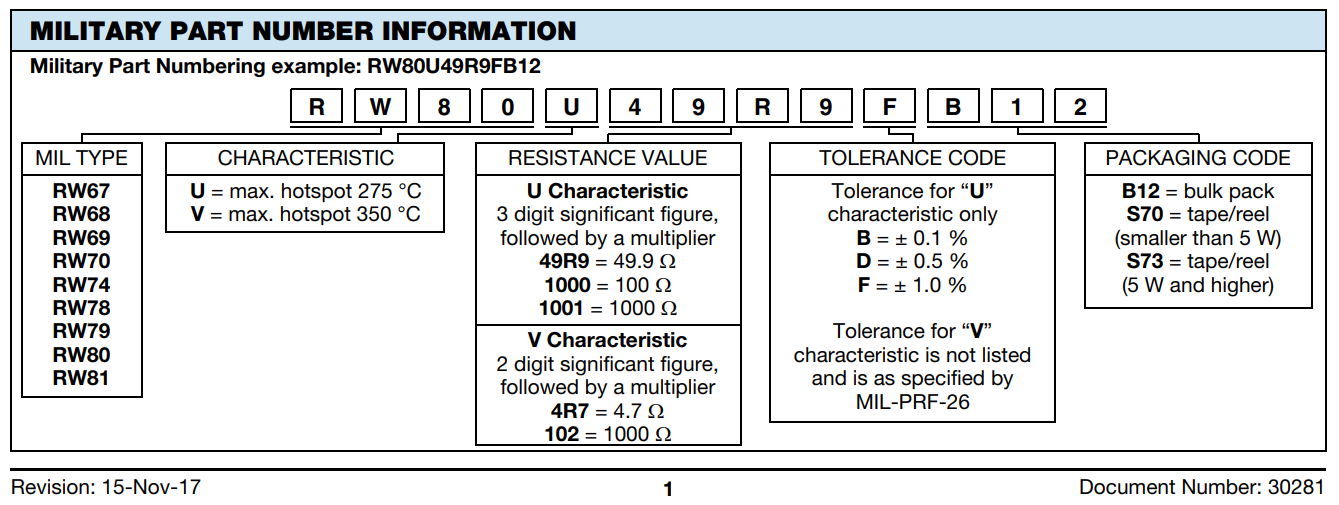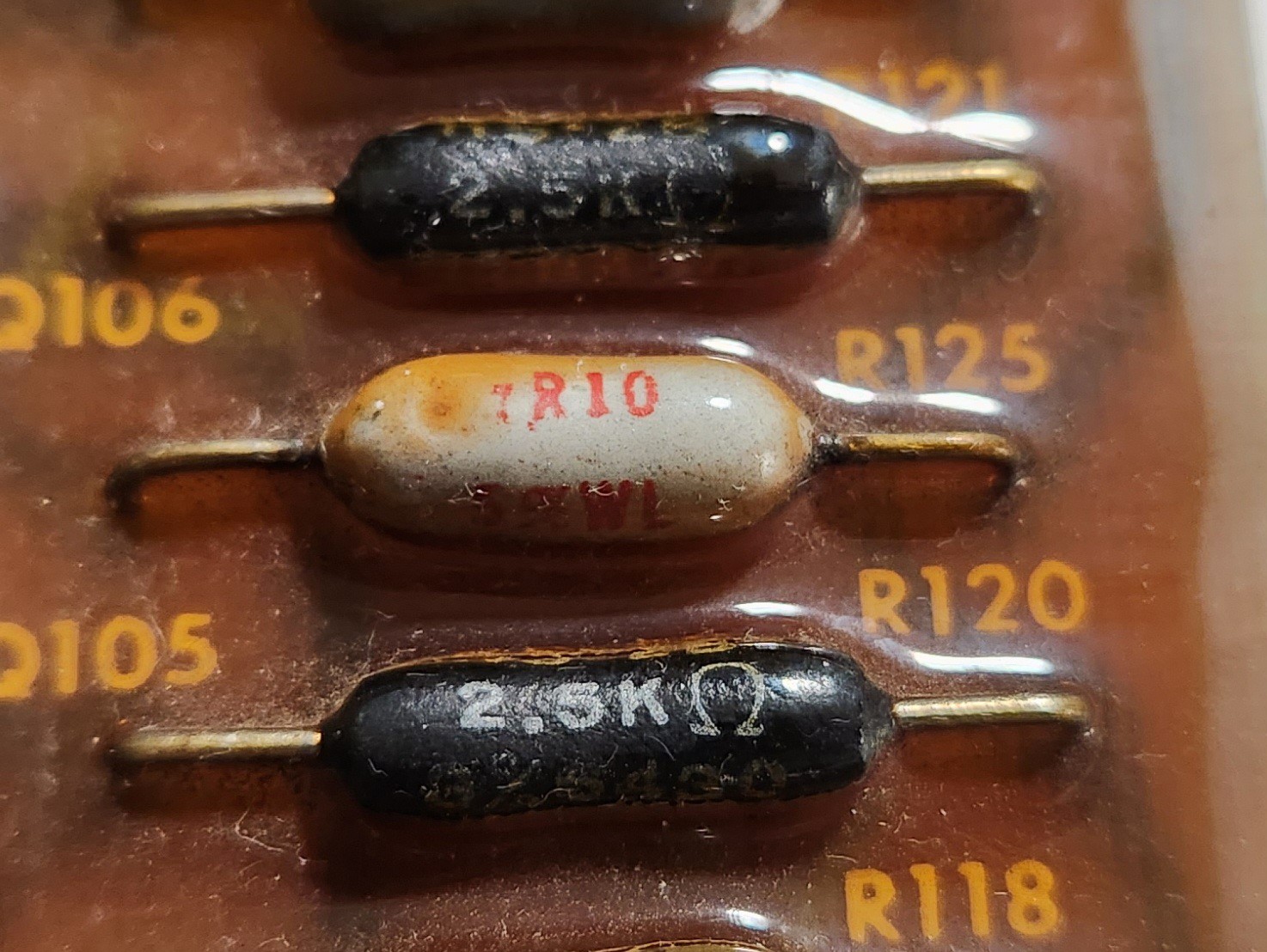First step in any reverse engineering process is pretty simple - "What the heck are all of these parts?"
Thankfully, the designers were kind enough to label everything, and while the conformal coat has yellowed with age, it's not completely opaque. So what have we got? Well, an assortment of the following prefixes:
R: easy, simple resistors and three trimpots
Q: Transistors, and in lovely labelled cans for convenience
CR: Now that's not a reference I've ever seen used, but a quick Wikipedia reference says 'Diode'. Simple enough.
For the most part, this board is pretty considerate to the reverse-engineer. Almost all components are bent such that their PN#, value, or significant characteristics are upright. The conformal coat has browned with age, but is still generally translucent. And while 60+ years of dust and cigarette smoke has left some grime in between components, it mostly wipes off with a paper towel and some 99% isopropyl alcohol. But we still have a few oddities to resolve...
Oddity #1: CR103 and CR104

At first glance, a couple of three-stripe, two-lead, all-black components screams "I'm a carbon resistor" with a 20% tolerance. In this case, YEL-GRN-BRN would make it a 450Ω 20%, which is in family with the rest of the board's values. But that's an odd choice; this is a nice board with a bunch of mil-spec resistors, many of which are higher-than-average power rating (up to 3W), and the 'CR' marking still indicates this is probably a diode of some kind. So what gives?

A little bit of cleaning gives a better (albeit still-dusty) picture. We can see the color bands are probably actually YEL-GRN-GRY, that the body is actually made of glass, and there's a mysterious blue 'S' printed on one end of the device. It was here I learned that back in the day, '1N'-series diodes were often marked with the same color bands, making this a 1N458. I'm still not sure what the 'S' was for, but that seems like our winner.
Oddity #2: RW-59 and MIL-R-26

All of the large, purple resistors on the board are labelled with the same "RW59 V___" numbering scheme. Not as convenient as color bands or directly writing the specs on the resistor (as DALE so helpfully did on a handful of devices on the board) but it gives us somewhere to start. A quick search indicates these are probably part of the MIL-R-26F standard, which unfortunately isn't available from many reputable sources online and doesn't define an RW59 number. RW59 seems to be entirely relegated to old Ohmite parts, at least if ebay listings are anything to go by, and they have no public info on them. Helpfully, however, Vishay still has plenty of data on other RW-series items, conveniently available on their website, and it seems safe to use this to decode the parts in front of us.

Given that decoder chart, we can make educated guesses for all resistors in the series. I've included the list of known information in the project files and github.
Oddity #3: R125

R125 is an unfortunate case of old conformal coat obscuring exactly the information I need. While it's also an RW59-series resistor (from what I can see poking up from the conformal coat on the other side), the first digit is completely obscured.
For now, about all we can guess about it is that it's a low resistance (the _R10 implies is a _ .1Ω resistor) and we can see that it's marked 5%. Probably a low value item; it could even be a .1Ω. We'll have to see how it fits in the context of the circuit to make a better guess; I'm trying my best not to damage the board during the reverse engineering process.
 Skyhawkson
Skyhawkson
Discussions
Become a Hackaday.io Member
Create an account to leave a comment. Already have an account? Log In.